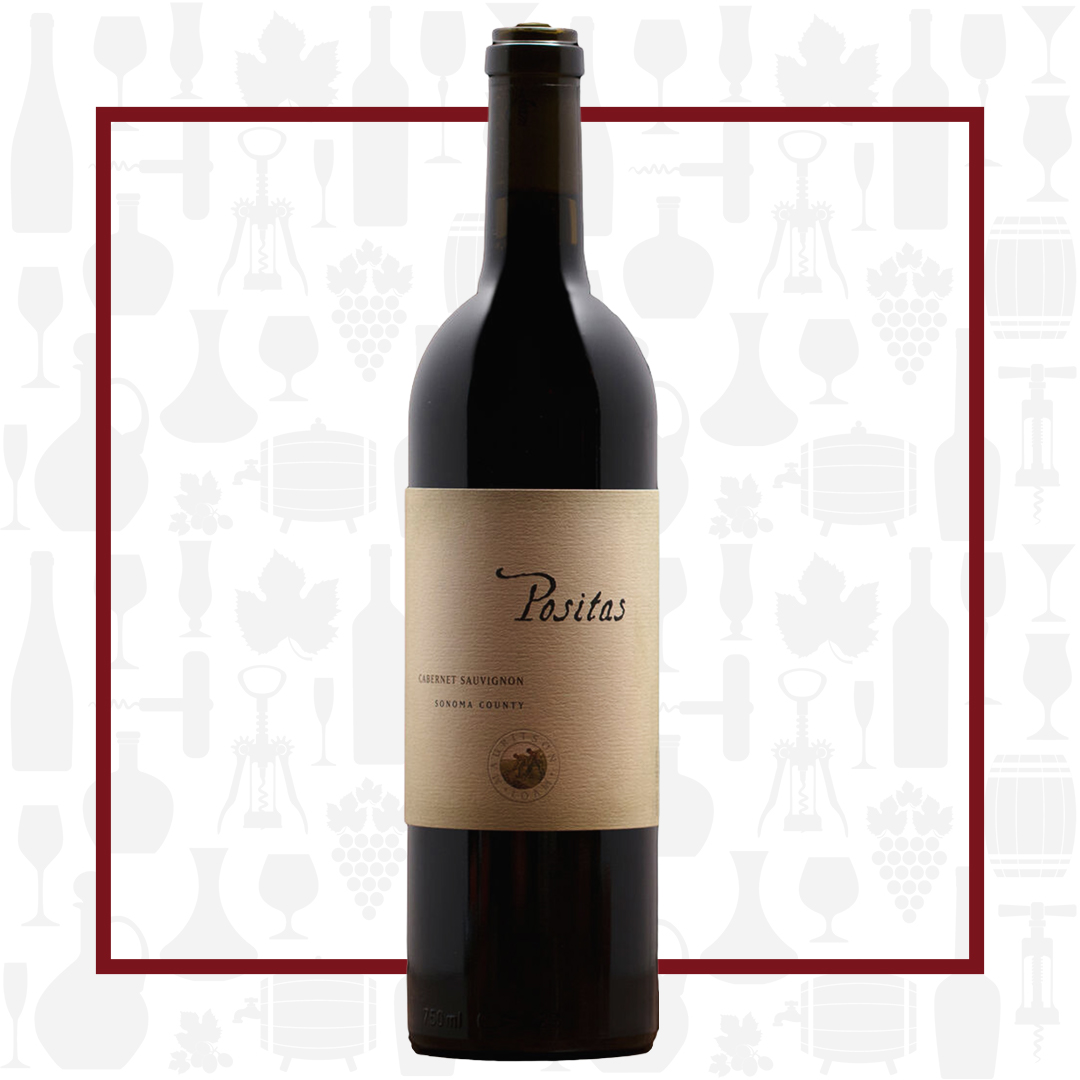Cellar Profile
7th generation farmers, the Mauritson family have been working these vineyards since 1868, finally releasing their own wines in 1998. The winery is now under the stewardship of former University of Oregon football player, Clay Mauritson, who grew up working the vineyards with his father before cutting his teeth at Kenwood Vineyards. Zinfandel and Cabernet Sauvignon specialists, Mauritson Wines is located at the corner of Dry Creek Valley and Lytton Springs Road, hallowed ground for Zinfandel, in particular. The vast majority of the Mauritson grapes are sold to premium producers throughout Sonoma County.
Region
Rockpile is an AVA at the northern end of Sonoma County. Sitting at the northwestern edge of Dry Creek Valley, it covers a high ridge that sits above Lake Sonoma, providing a sunny, mountainous terroir for the area’s grapes. The terroir in Rockpile is heavily influenced by Lake Sonoma, which was created as a water reservoir in the early 1980s. The presence of the lake helps to limit the influence of fog, creating an inversion layer that draws the cooler air toward the lake’s surface, allowing warmer air to rise. The Rockpile vineyards, which sit above the 240 masl contour line, are free of the fog created by the neighbouring Pacific Ocean and, instead, experience long, sunny days. Like its closest neighbor, Dry Creek Valley, Rockpile is best known for its Zinfandel, making intensely-coloured, concentrated red wines.
Vineyard
Positas soils were created by rivers and streams over the course of millions of years, forming along steep stream terraces and slopes, at between 200 and 1000 feet in elevation. These nutrient rich, well drained and deep soils are ideal for growing thick-skinned, aromatic skins on Cabernet berries, leading to wines of power and structure.
Winemaking
Hand-harvested berries are sorted into concrete for extended maceration before being pressed into stainless steel for a slow fermentation. The wine undergoes malolactic fermentation in French oak barrels, where it is aged for another 22 months before being bottled, unfined and unfiltered. Only 46 cases made.
Varieties
Cabernet Sauvignon is probably the most famous red wine grape variety on earth and has successfully spread to almost every wine growing country. DNA profiling carried out in California in 1997 confirmed that Cabernet Sauvignon is the product of a natural genetic crossing between key Bordeaux grape varieties Cabernet Franc and Sauvignon Blanc. There are two key reasons for Cabernet Sauvignon’s rise to dominance. The most simple and primordial of these is that its vines are highly adaptable to different soil types and climates; it is grown at latitudes as disparate as 50°N (Okanagan Valley, Canada) and 20°S (northern Argentina), and in soils as different as the gravels of Pessac-Leognan and the iron-rich terra rossa of Coonawarra. Secondary to this, but just as important, is that despite the diversity of terroirs in which the vine is grown, Cabernet Sauvignon wines retain an inimitable “Cab” character, nuanced with hints of provenance in the best-made examples. Cabernet Sauvignon wines always seem to demonstrate a handful of common character traits: deep color, good tannin structure, moderate acidity and aromas of blackcurrant, tomato leaf, dark spices and cedarwood.
Tasting Notes
A fresh nose of red berries, blueberries, mocha and baking spices gives way to a dense, rich palate. The tannins are prominent, but meld well with the ample fruit. This chewy Cab is drinking beautifully now, but would reward 10-15 more years of patience in the cellar. The 14% alcohol isn’t overwhelming, but the wine seems larger than the sum of its parts. Serve with grilled lamb chops, steak frites or beef stew.

